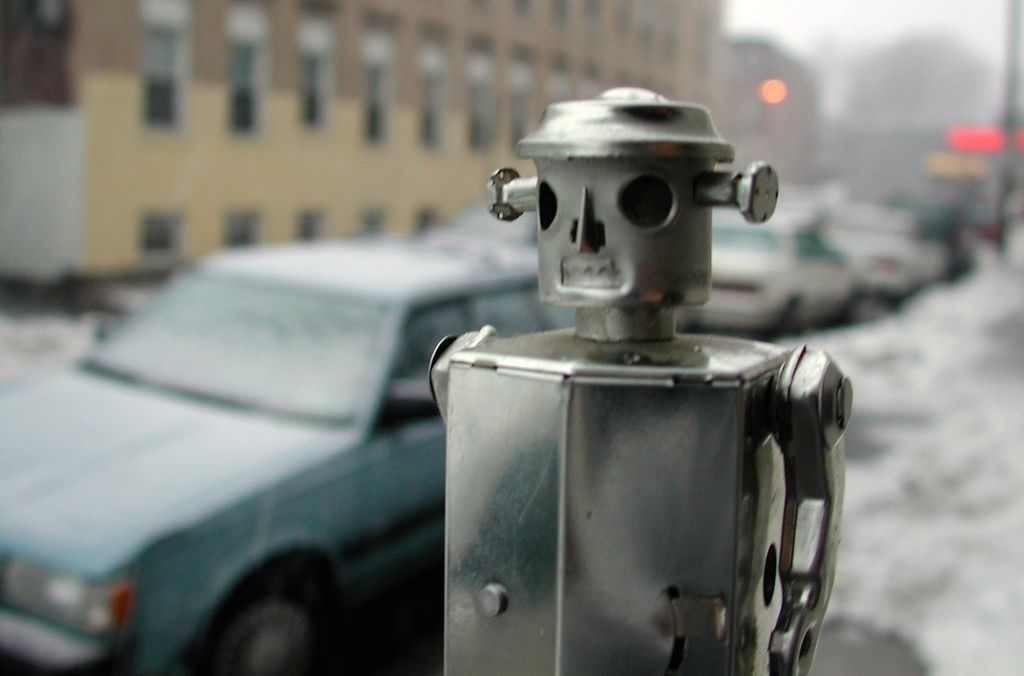Romano: Robots Are Not To Blame For Weak Job Growth
THAT WOULD BE THE WEAK ECONOMY’S FAULT … By ROBERT ROMANO || The Senate Budget CommittYou must Subscribe or log in to read the rest of this content.
THAT WOULD BE THE WEAK ECONOMY’S FAULT …
By ROBERT ROMANO || The Senate Budget Committ

11 comments
Excellent article. Not ‘robots’- the generational welfare mentality has infected poor whites that used to be considered ‘lower’ middle class’.
Blame the victims.
Victims of what?
Victims of productivity and/or skill.
:)
True enough: In any industry that has converted to automatic manufacturing, machine vision, robotics, the total number of human employees has risen.
Of course a majority of the “robot” factories are not being set up in the USA. The high USA operating costs and costs of taxation are forcing many automated factories to be built offshore.
(Mexico is a favorite of US auto makers, Japanese auto makers, too. High tech is still headed got China, although not as much as a decade ago.)
Robert Romano sounds like he has never set foot on a manufacturing floor.
The author compares the US labor market in 1948 to today yet does not take into account 1) Europe was still rebuilding from WWII in 1948 and 2) India, Mexico and China, among others, were not competitors to the US either back then. Too many variables to make an Apples to Apples comparison.
Romano doesn’t state that they are not working by choice. Some have unearned income, some are wealthy, some are supported by their spouses, there may be more receiving social security disability and some may be discouraged workers.
Econ 101: Increased productivity delivers a combination of more goods and more free time, therefore fewer workers.
Sure, l believe there exist under-employment, but it is not do to robots or cheap foreign labor.
There is nothing here. Move on.
The author is making an incredibly flimsy case by arguing that the number of jobs and the labor force participation rate have grown since 1948. Um okay, that’s nice.
This website rants constantly about the fall of the labor force participation rate in recent years, and this is due in part to increasing automation.
The harsh reality is that many people in this country today cannot keep up with the pace of technological change. They do not have the education or training to use the new technological advances in a highly productive fashion, or even a moderately productive fashion. Some question whether they would even have necessary the intelligence, if education were an unlimited commodity.
The modern American economy just does not need as many workers as it once did, and our population has not adjusted to reflect that reality, leaving many people with nothing to do all day. Hopefully we will figure out a solution soon…
A robot took my job:
http://www.youtube.com/watch?v=HGSVYgcy24Q
No so long ago, a future with less work was considered the ideal. This was back when people were comfortable with a somewhat even distribution of society’s wealth. If we were still comfortable with that concept, we’d reduce the workweek to 30 hours, raise the tax rate on the rich, and all have much more leisure time to spend as we see fit.
Instead we now have a winner-take-all society where the rich reap the benefits of technological advances, the middle class shrinks, and the unemployed poor are blamed for not finding jobs that no longer exist.